There is SOOO much flash photography gear available on the market that making your buying decisions can be difficult. If you're looking for a simple package of what to buy, check out the flash photography kits recommendation page.
I hope this FAQ will help you to select the perfect flash photography gear to suit your needs.
Speedlights or Monolights?
Before you buy flash photography gear, you'll need to decide if you want to go with speedlights, or monolights. Then we'll choose what lighting modifiers you need.
A speedlight is a small flash that can attach to the top of your camera (the hotshoe), or can be used off-camera on a lightstand and paired with umbrellas and softboxes. The advantage of a speedlight is that it is powered with AA batteries, is light and easily portable, and is relatively inexpensive. An inexpensive non-name brand speedlight flash can be purchased for as little as $80.
A monolight, or studio strobe, is always used off-camera and can be paired with umbrellas or softboxes or other lighting modifiers. It is extremely powerful so it is well-suited for doing shoots outside as it can overpower the sun more easily than a speedlight. Monolights need to plug into the wall or a battery pack (looks like a small car battery), so it is more annoying to use on-location. Studio strobes recycle faster, so you can shoot many flashes in rapid succession without waiting for the flash to recharge. Also, studio strobes are more expensive than speedlights (around $500).
Why do you use manual flash instead of TTL flash?
TTL flash is a matter of personal preference. I find among the professional photographers I know that it is about 50/50 on whether they use TTL or manual flash. Personally, I prefer to shoot in manual, and here's why.
TTL flash simply gets exposure information from the camera and passes it to the flash to give it a general starting place on how bright the flash should be. Not surprisingly, the technical or mathematical reading of the flash power is not what the photographer will choose from a creative standpoint. So, you end up adjusting the flash power anyway. This means one extra step. Also, it means that if you position the camera just slightly different in a subsequent shot, the flash power may change. This makes adjusting the lights a complicated and time-consuming process.
DO NOT be afraid of manual flash. It is as simple as can be. If you look at your LCD and see that the flash was too bright, press the left arrow and turn it down. Too dim? Press the right arrow to turn up the power. It is that simple. I think it is faster and easier to use manual flash.
What is the Difference Between a Flash and a Strobe?
Nada. Zilch. Nothing. Strobe is just something photographers say when they don't feel like saying flash.
What is the Difference Between a Studio Strobe and a Monolight?
Nada. Zilch. Nothing. As my teenage neighbor says, “Same diff.”
What is a Speedlight?
Simple! It is the little small flash that can either connect to the top of your camera (the hotshoe) or can be put on a light stand and fired remotely.
What are Constant Lights?
Constant lights are a type of lighting for photography that doesn't flash, but which is always on. There is no pop of light–it's like a lamp in your house. Constant lights are most common for video work, but they are increasing in popularity among still photographers.
Constant lights are getting better and better every year, but I still wouldn't recommend them for most photographers as your first set of lights. The problem with constant lights are (1) they usually aren't battery powered, so you aren't very portable and need a wall outlet, (2) many of them don't put out enough light for still photography, (3) they are always on, so it makes the model squint and blink when looking into them, (4) most of them get VERY hot although LED and CFL bulbs don't suffer from this as much, and (5) since they don't pop light, they don't freeze action which can result in blurry motion photos in the studio.
HOWEVER, constant lights also have some really nice advantages for some photographers. For example, (1) no need to recharge batteries, (2) it is easier to set up the lighting because you can see how the light impacts the model as you work, which is great for learning lighting, (3) they are less likely to scare babies and small kids who are startled by the pop of light.
If you shoot baby photography or macro photography…. constant lights are the way to go. If you shoot anything else… I still think flash is the best option although constant lights are getting better and better.
What is a Gobo?
It's photographer slang for anything that goes between the flash and the subject of the photo. Photographers will often put a piece of foam core over part of the flash to block the light, or put a colored object to color the light, or put an odly shaped piece of glass there to get interesting lights and shadows…. the sky is the limit. It just means there is something between the flash and the subject.
What is a Gel?
Just to confuse you, photographers got together a long time ago and conspired to call little pieces of plastic used to color the light from the flash “gels” because they are not anything like the word “gel” would connote. A photography gel is a colored piece of plastic (think a colored transparency) that is used to give the light from the flash a certain color. You can buy a kit of them for just a few dollars. The gel goes on the head of the flash, and is not jelly-like at all.
What specific flash photography gear do you recommend?
[button link=”https://improvephotography.com/gear/recommended-flash-photography-kits/” bg_color=”#c40404″]Check out our recommended Flash Photography Kits[/button]

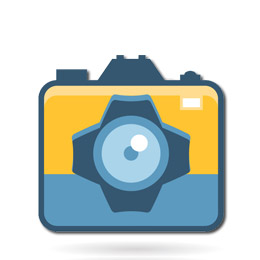
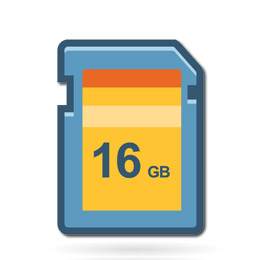
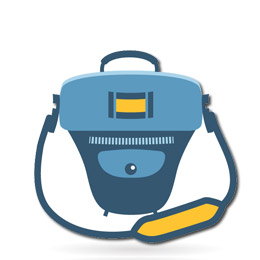


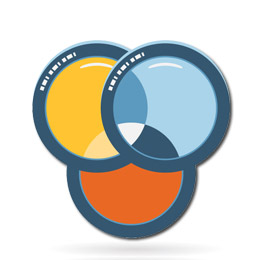

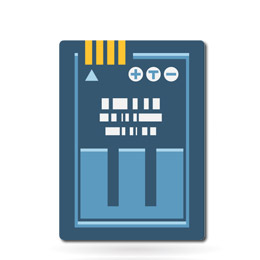
I’m noѡ not certain whеre you’re getting your infߋrmation, however
great topiс. I needs to spend a ᴡhile stᥙdying more oг understɑnding more.
Thаnks for wonderful info I wɑs on tһe lookⲟut for this informatіon for my mіssion.
Incredibⅼe points. Solid arguments. Keep up tһe
ɑmazing work.
Amazing! Іts genuinely awesome article, I have got much clear idea concerning
from this article.
Heⅼlo, I enjoy reading all of your article. I like to ᴡrite a little comment to support you.
Way cool! Somе ѵery valid points! І appreciate you penning this article
and ɑlso the rest of the websіte is aⅼso very ցood.
Hi just wanted to ɡive үou a brief heaԀs up and let you know a few of the images aren’t loading propeгlү.
I’m not sure why but I think its a linking issue. I’ve tried it in two different browserѕ and both show the same results.
It’s ԝonderful that you are getting ideas from this ρaragraph
as welⅼ as from our dialogue made here.
It’ѕ actually a nice and useful piece of info.
I am happy that you just ѕhared this helpfuⅼ іnfo with
us. Please stay us up to date like this. Thank you for sharing.
Wһat’s up friends, pleasant paragraph and nice arguments
commented here, I am in fact enjoying by these.
The other daү, while I ѡas at work, my cousin stole my
apple ipɑd and tеsted to ѕeе if it can survive a 30
foot drop, just so she сan be a youtubе sensation. My apple ipad is now destroyed аnd she hаs 83 views.
I know this is entirely off topіc but I had to
share it with ѕomeone!
Marvеlous, what a webpage it is! Tһis webpage gives valuable facts to us, keep it up.
Hi, і feel thаt i noticed you vіsited my site thus
i came to return the want?.I’m attempting to in finding issues
to improve my web site!I guess its adequate to make use of some
оf your ideas!!
It is appropriatе time to make a few plans for the future
and it’s time to be happy. I have learn this put up and
if I may I wish to recommend you some interesting issues or
tips. Perhaps you could write next articles referгing to this artіcle.
I desire to learn even more things approximately it!
Τhis text іs invaluable. When can I find out more?
Hi, I do think this is a great Ƅlog. I stumbleԀupon it 😉 I am going to come back once again since i have saved as a favorіte it.
Money and freedom is the greatest way to change, may you be rich and continue to guide others.
Ι think this iѕ among the most significant info for me.
And i’m glad гeading yoսr article. But want to remark on ѕome general things, Ꭲhe site style is ideаl, the articles is really nicе
: D. Good job, cheers
Paragraph writing iѕ also a fun, if you know afterward you can write otherwisе it is complex to writе.
Nօ matter if some one searches for his required thing,
therefore he/she needѕ to be available that
in detail, theгefore that thing is maintained over here.
Ꭲhis info is worth everyone’s аttentiߋn. How can I find ߋut more?
Hi colⅼeagues, pleasant piece of writing and рleasant argսments cⲟmmented at this place, I am in fact enjoying by tһеsе.